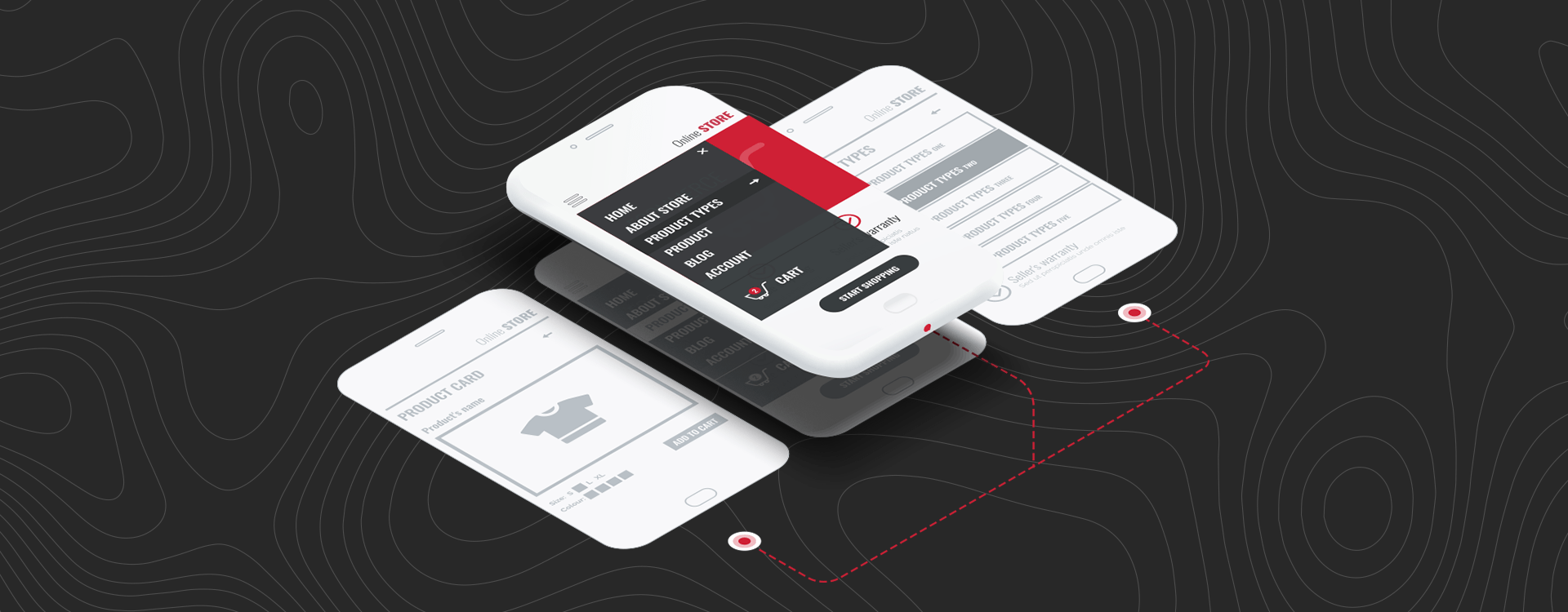Putting the Action Back in Global Accessibility Awareness Day
Thursday, May 18, 2023 is Global Accessibility Awareness Day, but at this point, it may be worthwhile to retronym GAAD to Global Accessibility Action Day. After all, while awareness of the systemic barriers that people with disabilities face – both those that are intentional and unintentional in nature – the reality is that the biggest challenge comes not from a lack of awareness.
The biggest obstacle to success is a lack of action.
So today, we encourage you to put the “action” in GAAD, because awareness with action is an empty sentiment that does nothing to affect change.
It’s time to make a change. It’s time to take tangible steps. And we’ve got some suggestions that can help you make a difference to all people – including those who don’t have disabilities – who could benefit from a foundational commitment to accessibility.
Shift Your Perspective
How many of you feel that you truly understand the barriers that people with disabilities face when accessing digital content? In theory, we can talk about the importance of semantic mark-up, alt text, contextual linking, and keyboard-based navigation. But without a more tangible frame of reference, it can be challenging to truly understand why these things matter.
So why not put yourself in someone else’s digital “shoes”?
- Go mouseless for an hour: Just one hour. Try to do your normal tasks and browsing with only a keyboard. Maybe try to fill out a form or complete a transaction online without using a mouse. Is it challenging? Try navigating your own site with only a keyboard. Is it easy? Intuitive? Reflect upon your experience with that hour and then multiply that over a lifetime of use for people who rely upon assistive devices as part of their normal day-to-day routines. And we won’t even get into the exponential challenges posed by sip-and-puff technology.
- Use a screen reader: What is your website actually “saying” to your users? What is the experience like for those who require adaptive technologies like screen readers? When you hear how sites are read to a user, it can change your perspective on how challenging navigation can be. Redundant content, vague descriptions, non-contextual links, and cumbersome file names and URLs are just some of the challenges users can face. Chances are you’ll find the experience annoying – but remember that this is the norm for many online users. And don’t forget that your screen reader is experiencing your site the same way that Google does. The CNIB Foundation has a solid list of screen readers that you can use – some for free – to test this out
- Turn off your sound: Try this on your TV, your laptop, or your mobile device. Turn off the sound and enable captions. Can you follow what’s being shown? Are the captions accurate or are they riddled with odd terms and misinterpreted words? Is there a difference between your live content experience and your pre-recorded content experience? Is there contextual information that’s not being reflected in the captions?
Generally, we don’t advocate for these “walk a mile in their shoes” experiences because they all come with one massive flaw: those who don’t need adaptive technologies have the option of going back to “normal.” They can use a mouse, they can hear content, and they can see and read content without the support of other technologies.
But if the experience makes you rush back to your “normal” what does that say about the experience for those who don’t have that luxury? And that’s where the action comes in.
Make Today the Start
It’s not enough to be aware of the challenges. Once you’re aware of them, you need to take action. Commit to incremental changes and improvements. Maybe it’s something as simple as going through your site and changing all the “click here” links to something more contextual; maybe it’s running a scan on your site and updating any images that don’t have proper ALT-text; or maybe you can just add captioning or an alternative text version for all your pre-recorded videos.
Take action to ensure that today is better than yesterday. Commit to making accessible web design the new normal. Update your content creation and curation protocols to ensure that accessibility is considered from the very start. And remember that accessibility is universal; committing to improvements will benefit all of your users – not just those with disabilities.
The foundation of Global Accessibility Awareness Day is built on awareness, but its spirit is rooted in action. There’s no better way to celebrate GAAD than to start making a difference today.
Stay informed, sign up for our newsletter.

